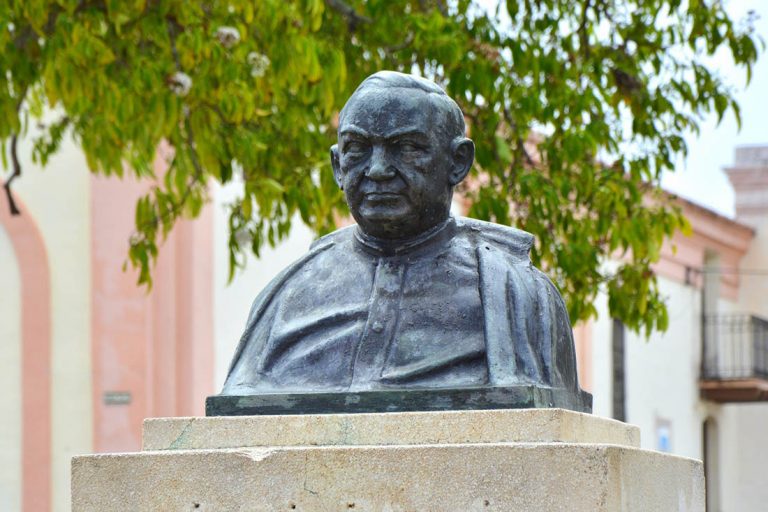There were several families residing in the city of Puerto Príncipe who interrupted their monotonous tasks in the city to go to the farms for raising and fattening cattle and horses on the plain that surrounded the town of Guáimaro, almost bordering to the east of Camaguey with Las Tunas. It was in that town that the bell tower of the church would stand out above the Creole tiled roofs overlooking the public square, with a railway stop, post office station, and the presence of collaborators or communication agents of the insurrection, in 1868, responsible for the assurances of the Assembly of Representatives of the Revolution.
One of those men from the town was the priest of the Pbro church. Pablo G. Gonfaus Palomares who would collaborate in silence with the insurgents. He would never be discovered by the Spanish intelligence service for his commitment to the revolution. Precisely to the former Marquis of Santa Lucía and man at the forefront of the uprising in Camagüey, S. Cisneros Betancourt, Gonfaus would send information regarding the movement of Spanish troops around the town, men and resources for the construction and defense of a fort in the small elevation that would bear the surname Gonfaus.
Meanwhile, the patriotic priest served a network of “trustworthy people” that only he could know. All in the middle of the religious service that he offered in his church. Not only would he undertake this responsibility effectively during the Ten Years’ War, he would continue to do so in the War of Independence in 1895.
An exemplary life
Surely hurt by leaving his native land of Guáimaro behind, he went on to exercise his religious faith in the city of Puerto Príncipe, despite carrying out his missionary work without being prevented by the Volunteers or the urban police, although some priests were closely watched by colonial authorities for collaborating with the revolution. Gonfaus did not hide his sympathies and his opinions about the military leadership of Camagüey, particularly about Major Ignacio Agramonte, Francisco Sánchez, Ignacio Mora and other leaders. At the same time, that he would help alleviate the suffering of those most in need and of the relatives who had lost one of his members in the war.
During his exercise of faith, Gonfaus won the sympathy, respect and affection of the city’s parishioners, rewards that would earn him a position of responsibility in the Camagüey’s consistory or city council, and thus deal with dissimilar matters related to the operation of the ecclesial institution and its relationship with the government while holding the position of Councilor. Due to his performance of devotion and loyal service to others, upon his death all kinds of honors were paid to him by the authorities and the people of Camagüey.
Precisely the historian of the city Jorge Juárez Cano would propose from a list of obelisks, monuments and names of streets and public spaces, that the City Council approves the realization of a bust on a pedestal to be placed in the old Cristo Square, surrounded by flowerbeds, paths, gardening with trees and placement of benches. The architect in charge of the works would be Erasmo García Perea who would have the bust and the park ready for its inauguration on March 9th, 1951.
Seven bronze letters on granite slabs would suffice on the pedestal so that the people would not forget the one who offered his service of love for his neighbor and for the country: GONFAUS.
Translated by: Aileen Álvarez García






